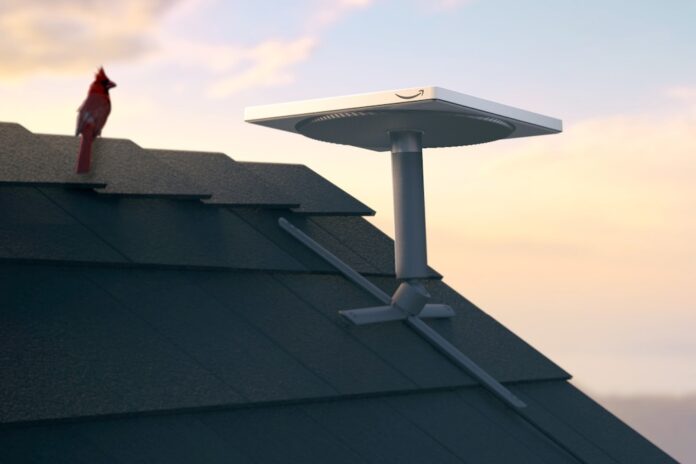The regulator is minded to approve the new LEOsat system and related ground stations
Ofcom is proposing to grant an earth station network licence to Amazon Kuiper Services Europe SARL (Kuiper) for its non-geostationary orbit (NGSO) satellite system. The regulator has kicked off a consultation which would authorise Amazon Kuiper to deploy user terminals, using Ka band spectrum frequencies between 27.5-27.8185GHz, 28.4545-28.8265GHz, and 29.5-30GHz in the UK. The licence authorises gateway earth stations connecting the non-geostationary earth station (NGSO) satellite system to the internet or private network.
Kuiper told Ofcom that it is proposing to provide secure, high speed, low latency broadband services to a variety of retail and wholesale customers in the UK. The coverage limit of its first-generation NGSO system is 56 degrees latitude north (which crosses Scotland at Falkirk and the Firth of Forth), and it plans to cover latitudes above 56 degrees in future generations of its NGSO system. It also intends to provide backhaul connectivity to telcos. Its NGSO system will use either electronically steered phased array antennas or mechanically steered parabolic antennas.
There are currently six NGSO network licensees in the UK, which permit satellite operators to transmit in the Ku band (14.0-14.5GHz) and/or Ka band (27.5-27.8185GHz, 28.4545-28.8265GHz and 29.4625-30GHz). In Ka band there is Mangata Edge, Telesat LEO, Rivada Space Networks and NSLComm while in Ku band this is Starlink and Eutelsat OneWeb. Kepler’s application is being reviewed by Ofcom separately.
Kuiper provided Ofocom with a technical coexistence analysis showing how its NGSO system will coexist with other Ka band NGSO network licensees as part of its licence application. This includes analysis showing average degraded throughput and increase in unavailability for each Ka band licensee – i.e. for Rivada, Mangata, and NSLComm’s NGSO systems, as well as Starlink’s Ka band NGSO gateways.
Ofcom’s preliminary assessment is that these NGSO systems and gateway earth stations should be able to coexist. This is because even under the conservative assumptions adopted by Kuiper in its coexistence analysis, its NGSO system will have a minimal impact on existing NGSO network and NGSO gateway licensees.
Competition impact
Ofcom flagged a theoretical and future risk to competition – which it said would not be part of the current deliberations – is Kuiper bundling (or tying) satellite broadband with products such as Amazon Prime and/or Amazon Web Services. Should this risk crystallise in future the regulator considers there are more suitable policy tools than a network licence to address the concern.
On wider competition concerns, Ofcom believes that coexistence with future NGSO systems by Kuiper’s NGSO system is possible. In its preliminary view the regulator added that it is equipped to address these competition concerns through its licencing conditions and enforcement powers. Amazon’s arguments can be found here.
Kuiper gets closer
The launch of satellites part of the Kuiper System will start in Q4 of 2024. The company already has approval to deploy and operate its own constellation of 3,232 LEO satellites, which will deploy at an altitude of between 590km and 630km. According to the company, the system can process up to 1Tbps of data traffic on each satellite, although this is shared between many users. However, with 2025 shaping up as a beta testing year, the full constellation operation may not be 100% operational until around 2030.
Ofcom’s consultation closes on 4 October.



